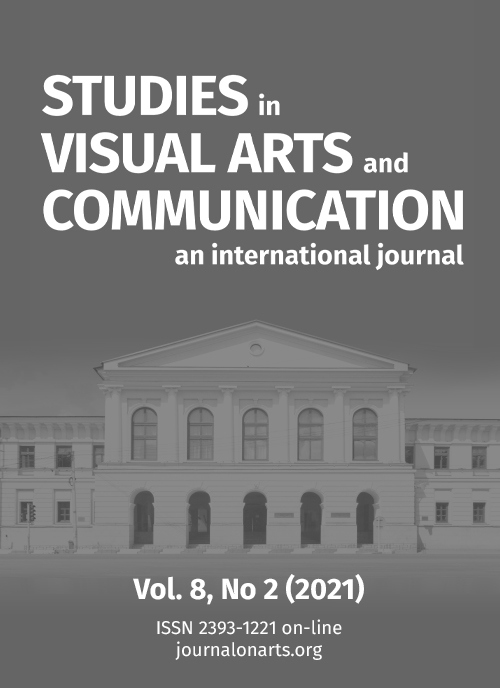The Offensive of the Creative City. The Case of Cluj-Napoca in Romania
The Offensive of the Creative City. The Case of Cluj-Napoca in Romania
Author(s): Miki BranișteSubject(s): Visual Arts, Communication studies, Culture and social structure , Sociology of Art, History of Art
Published by: Editura ARTES
Keywords: cultural policies; festivalization; gentrification; independent scene; creative industries; creative city; cultural entrepreneurship; commodification of culture; hybridization; precarity;
Summary/Abstract: This article aims to analyse the transformation of the cultural scene in Cluj-Napoca as influenced by structural changes in the field of arts and culture brought about by the global creativity paradigm. This transformation materializes in several tensions caused by the shift from a vision of art and culture—as having a symbolic or critical-social function—to one in which economic value prevails. The creativity paradigm, based on the contribution of cultural and creative industries to job creation and economic growth, has been adopted by European policies that directly influence local development in Cluj-Napoca. The city has applied for multiple European titles that would bring international fame and attractiveness (for example, European Capital of Culture). Although the city gained a certain degree of international recognition thanks to the local art scene—developed by grass-roots projects—cultural production was overtaken by the music and event industry mainly based on the distribution of cultural products. The focus on distribution (by local authorities and sponsors) creates an imbalance in local cultural production, but large-scale festival events are valued for their contribution to the city’s visibility and income. Their development marks the festivalization of the city, transforming the way these events are organised and communicated on an industrial scale, much like for-profit companies. This trend imposes new standards that far exceed the capabilities of the majority of local actors on the not-for-profit cultural scene. Mega-festivals are the new brand of “a festival city” in search of an educated, entrepreneurial, creative workforce. The creative city accelerates gentrification, stimulates entrepreneurial cultural practices, neutralises critical artistic discourse and commodifies the presence of culture. In addition to this, the city’s policies shifting towards increasing the quality of life of the creative class generates a series of inequalities related to the working class and disadvantaged groups.
Journal: Studies in Visual Arts and Communication
- Issue Year: 8/2021
- Issue No: 2
- Page Range: 03-13
- Page Count: 11
- Language: English

